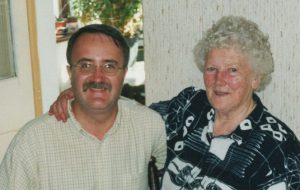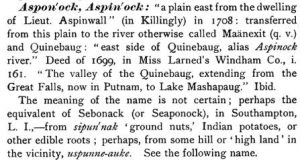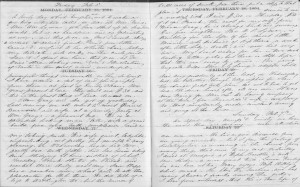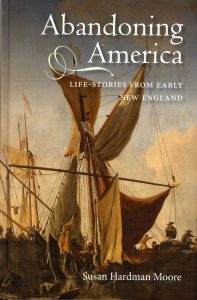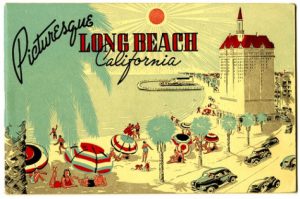
More often than not our work in genealogy and family history leads us to more than one proverbial brick wall. No matter how hard we try, or with what tenacity we might pursue that much needed fact, vital record, or even secondary source material, it all seems to no avail. While there is no panacea to cover all the brick walls we encounter, there just might be a way to refocus attention on the task at hand, i.e., research, by looking at unrelated people, places, or things – in a familiar place. Continue reading Common walls
